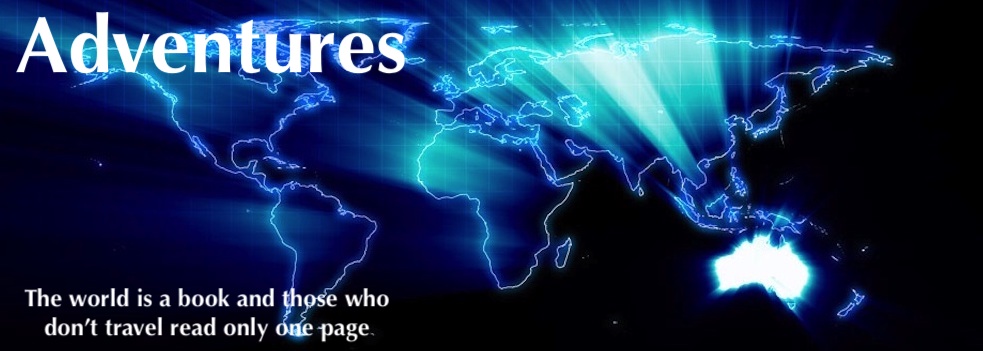The Geographic Centre of Western Australia is on Glenayle pastoral station, 970 kilometres north-east of Perth, on the edge of the Little Sandy Desert.
The closest town of any size is Wiluna, 260 kilometres south-west. The centre is east-south-east of the Glenayle Homestead and north-east of the Glenayle – Carnegie Road. The closest point on the coast from the centre is a remote beach near Port Hedland, 640 kilometres to the north-north-west. The WA/NT border is 670 kilometres due east. To the south is Esperance, 950 kilometres distant.
By any measure it is remote.
Access to the Centre from Wiluna is through Wolgawol Station to Glenayle Station on the western edge of the Little Sandy Desert/Great Victoria Desert. South of the Centre is Carnegie Station and Prenti Downs.
The location of the Centre of Western Australia is:
25° 19′ 41″ South, 122° 17′ 54″ East
-25.32806, 122.29833
51J 429383 7198541
- Surveyor Steve at the Centre of WA with a Trimble R8 RTK GNSS Rover unit.
The ‘centre’ of any piece of geography is indefinite and subject to discussion, depending on the method used to determine it. Other factors such as tectonic plate movement also need to be considered. The coordinates stated above are those provided by Geoscience Australia, converted from 1966 datum to 2020 datum.
Read more at Geoscience Australia.
We marked the centre of Western Australia in 2022.
© Kim Epton 2022-2024
249 words, one photograph.
Feel free to use any part of this document but please do the right thing and give attribution to adventures.net.au. It will enhance the SEO of your website/blog and Adventures.
See Terms of Use.




